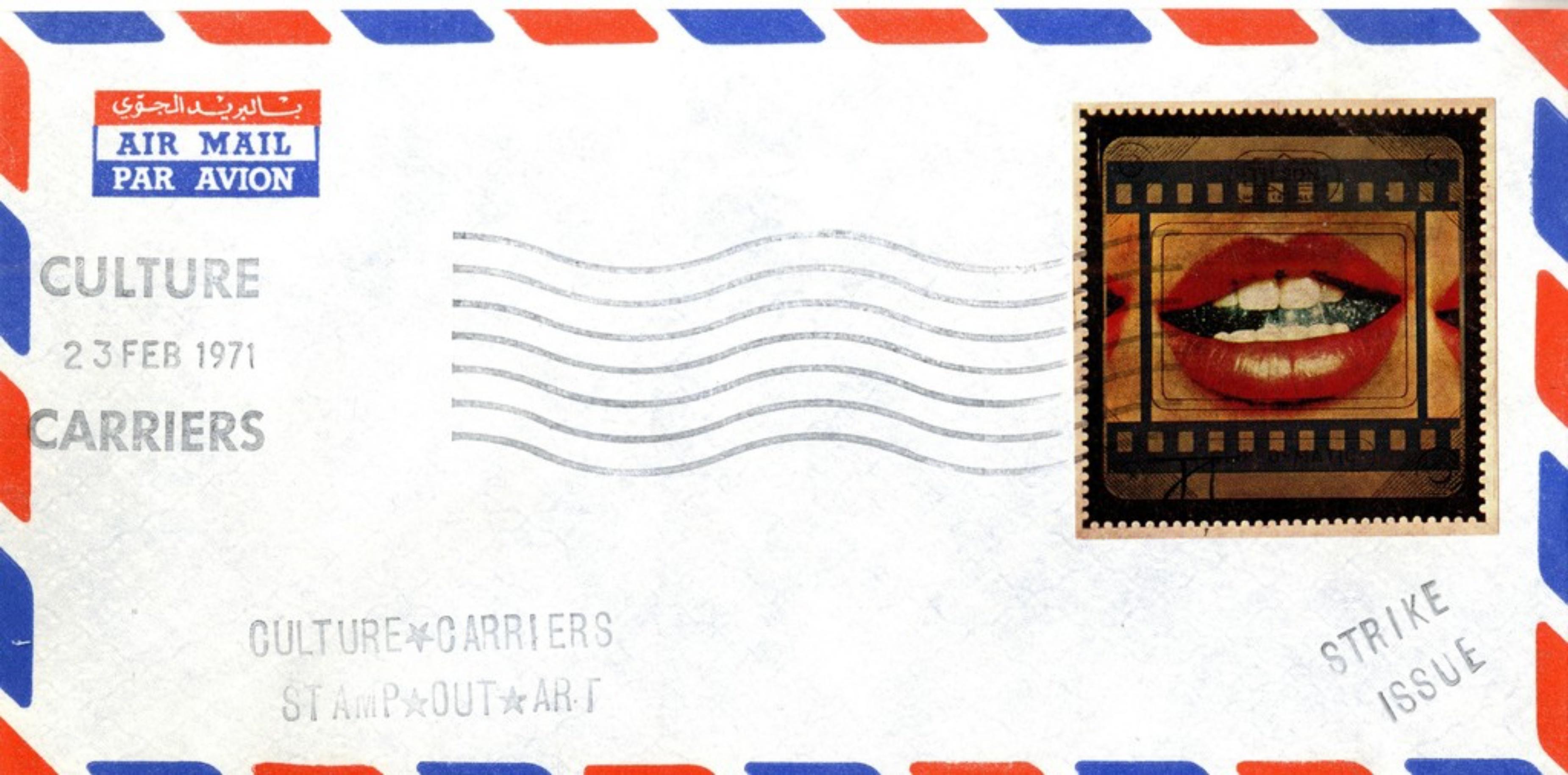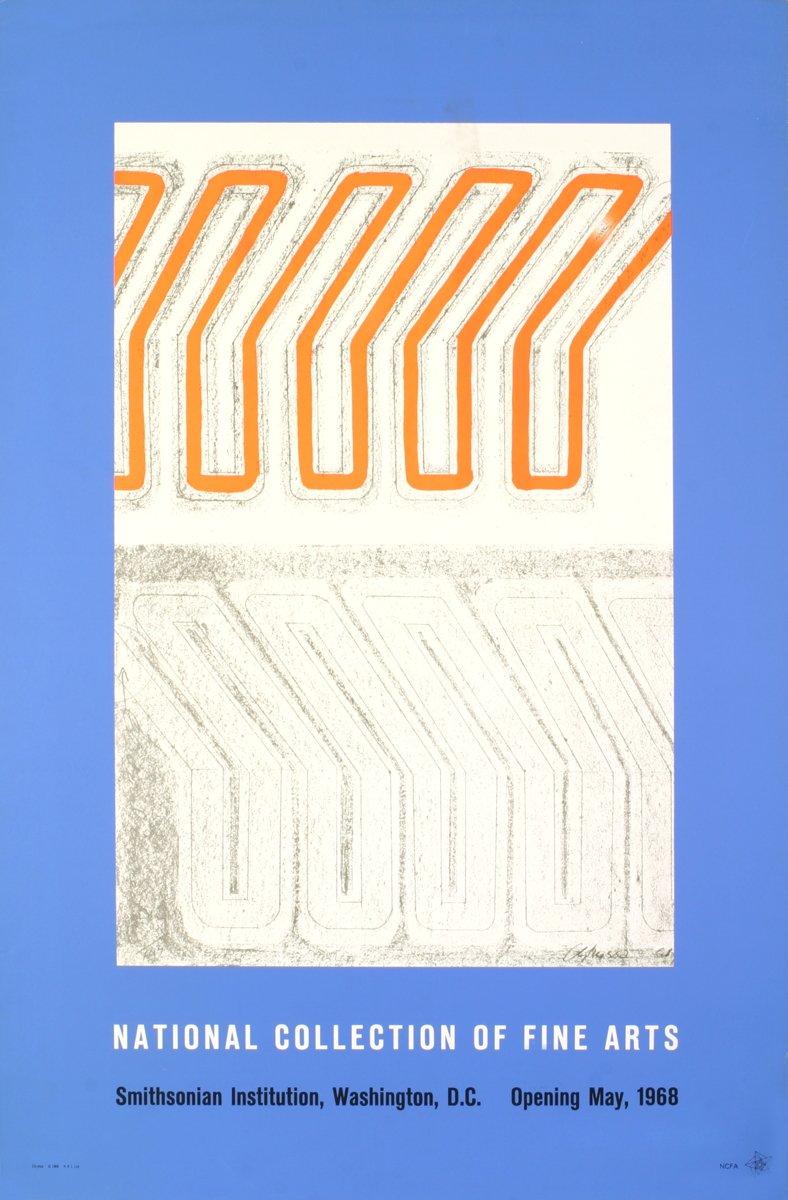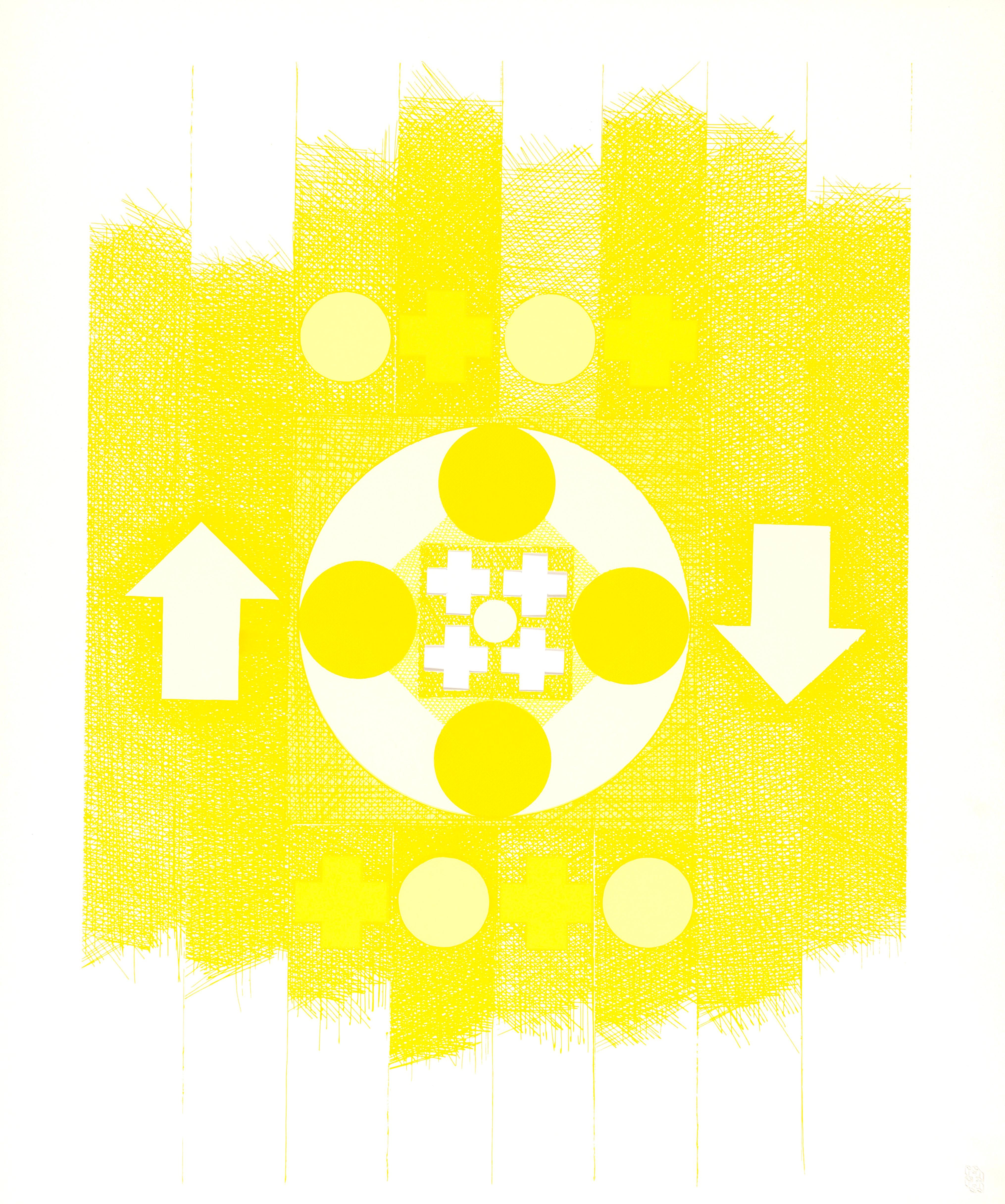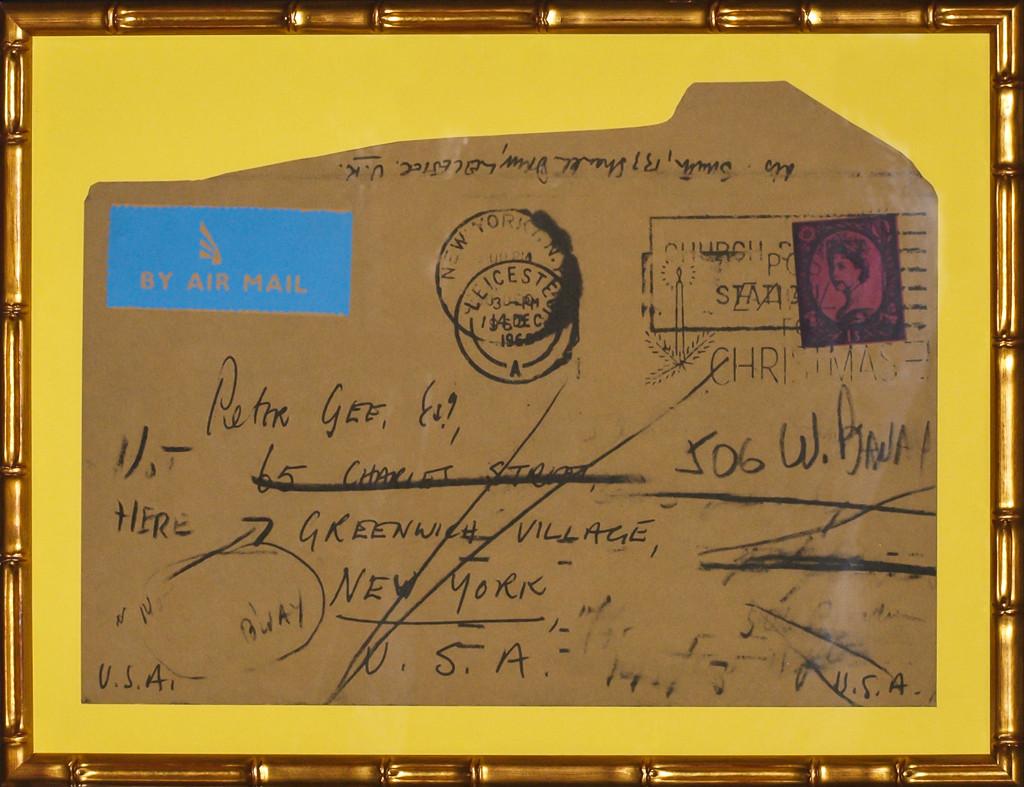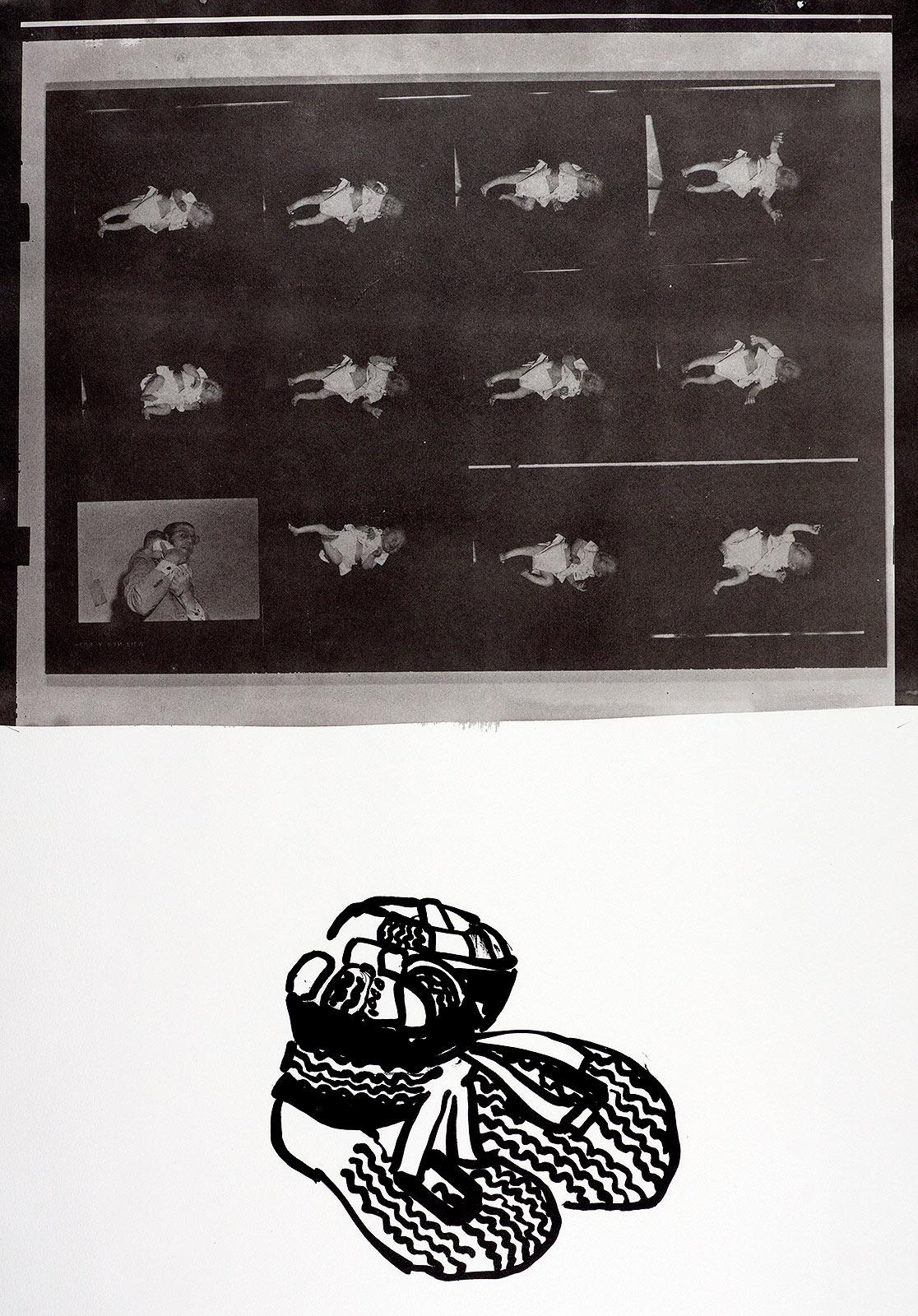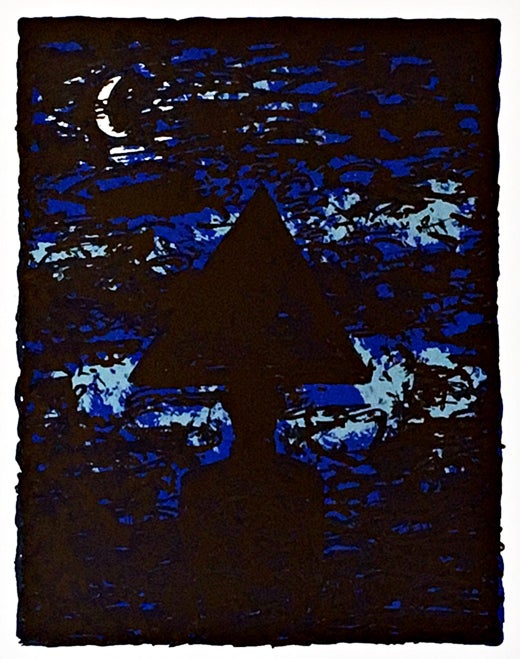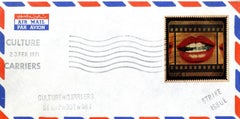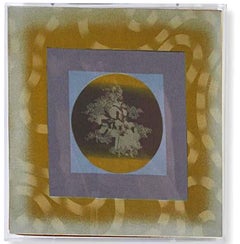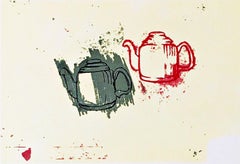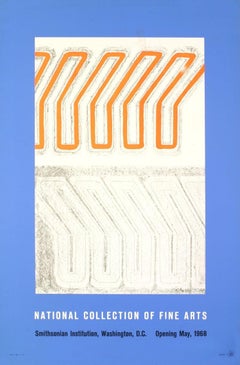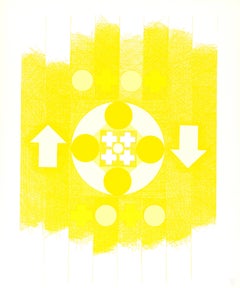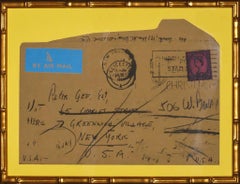Derek Boshier"Culture Carriers Stamp Out Art", (Hand Signed) British Pop Art historic event1971
1971
About the Item
- Creator:Derek Boshier (1937 - 2024, British)
- Creation Year:1971
- Dimensions:Height: 6 in (15.24 cm)Width: 9 in (22.86 cm)
- Medium:
- Movement & Style:
- Period:
- Condition:very good original vintage condition with natural age toning and time wear (see photos).
- Gallery Location:New York, NY
- Reference Number:1stDibs: LU1745213223562
Derek Boshier
Born 1937 in Portsmouth, UK, Derek Boshier was a seminal British artist and was a leading figure of the British Pop scene in the 1960s.
Boshier rose to prominence early in his career. In 1961, while he was still a student at the Royal College of Art in London, the Whitechapel Art Gallery presented the landmark exhibition "Young Contemporaries," featuring his works alongside those of his classmates David Hockney, Allen Jones, R.B. Kitaj, and Peter Phillips.
Just one year later, Boshier was featured along with Peter Blake, Pauline Boty, and Peter Phillips, in Ken Russell’s Pop Goes the Easel — a 1962 BBC documentary about Britain's Pop art movement. Russell differentiated the movement by its unapologetic delight in mass culture, and Boshier, in particular, by the intellectual tenor of his paintings.
Boshier’s work of the period dealt with the space race, pop music, and the Americanization of Britain. Just about every part of British life, the artist observed, from its fashions to its entertainment to its Kellogg’s-based breakfasts, was increasingly shaped by America’s far-reaching advertising and cultural dominance.
In his iconic painting England’s Glory (1961), the artist depicts an American Flag spreading like an oil spill over a matchbox that bears the painting’s eponymous phrase. Elsewhere in the work, Vice-Admiral Horatio Nelson’s famous quote from the Battle of Trafalgar, "England expects that every man will do his duty," competes with Kellogg’s Yogi Bear for space, symbolizing the unrelenting ubiquity and spread of American consumerism. To this day, the visual artifacts of mass culture remain potent ingredients in the artist’s work where corporate logos commingle with history, art, and poetry — Joan Miró and William Blake.
Boshier has been both prolific and wide-ranging in his artistic production, working in varied media as painting, drawing, prints, film, sculpture, and installation, among others. The Clash’s 2nd Songbook — as well as David Bowie’s Lodger album cover — exposed mass audiences to his work. His collaboration with Bowie sparked a life-long friendship, many subsequent collaborations, and a handful of Bowie paintings.
In addition to his art practice, Boshier had a long and distinguished record as an educator, teaching at the Central School of Art and Design, London from 1963–1979, the Royal College of Art, London from 1973–1979, the University of Houston from 1980–1992, and the California Institute of Arts in Los Angeles from 1997 to the present.
Boshier was the subject of over 91 solo exhibitions at prestigious venues such as Flowers Gallery (1974 and 1976, London); Texas Gallery (1987, 1989, and 1991, Houston); Galerie du Centre (2003, 2005, 2007, and 2013, Paris); Flowers Gallery (2008, 2012, and 2013, New York); the National Portrait Gallery (2013, London) and Gazelli Art House (2017 and 2019, London). His work has also been included in numerous group exhibitions including "Art and The Sixties" (2004, Tate, London); "Pop Art: UK" (2004, Galleria Civica di Modena, Italy); "British Pop" (2006, Museo de Bellas Artes de Bilbao, Spain), and others.
Boshier's work features in numerous public collections internationally, including the Tate, London; the British Museum, London; the Victoria and Albert Museum, London; the Collection of Her Majesty The Queen, Windsor Castle; the National Gallery of Scotland, Edinburgh, and others.
Find Derek Boshier art for sale on 1stDibs.
(Biography provided by Alpha 137 Gallery)
- ShippingRetrieving quote...Shipping from: New York, NY
- Return Policy
More From This Seller
View All1970s Pop Art Mixed Media
Mixed Media, Lithograph, Ink, Offset
1960s Pop Art Abstract Prints
Mixed Media, Lithograph
1980s Contemporary Figurative Prints
Woodcut, Pencil
1970s Pop Art Abstract Prints
Masonite, Pencil, Screen
1980s Contemporary Abstract Prints
Mylar, Lithograph
1970s Abstract Abstract Prints
Lithograph, Offset
You May Also Like
1960s Pop Art Prints and Multiples
Screen
1960s Pop Art Landscape Prints
Screen
1960s Other Art Style More Art
Paper
21st Century and Contemporary Pop Art Figurative Paintings
Canvas, Linen, Acrylic, Screen
1960s Pop Art Figurative Prints
Lithograph
1970s Pop Art Abstract Prints
Screen
